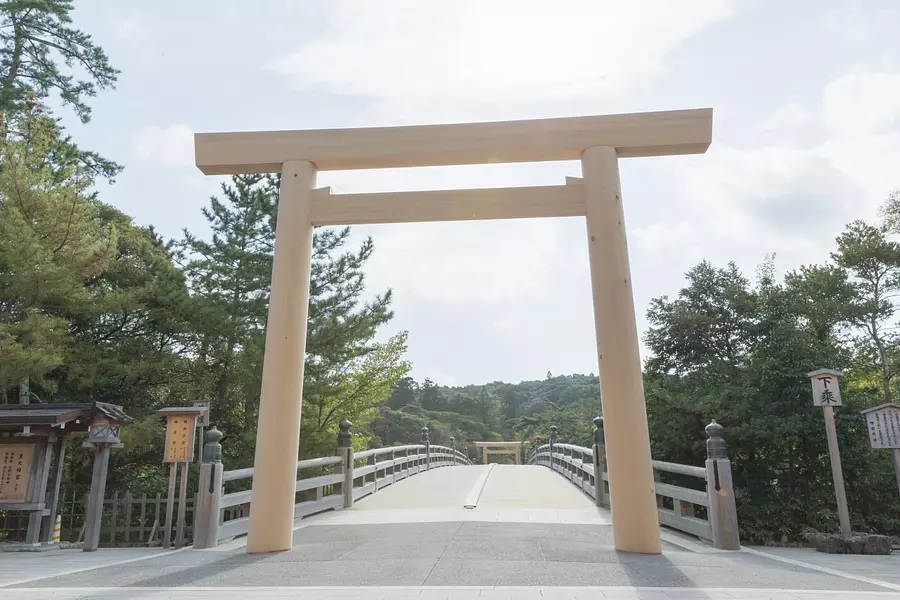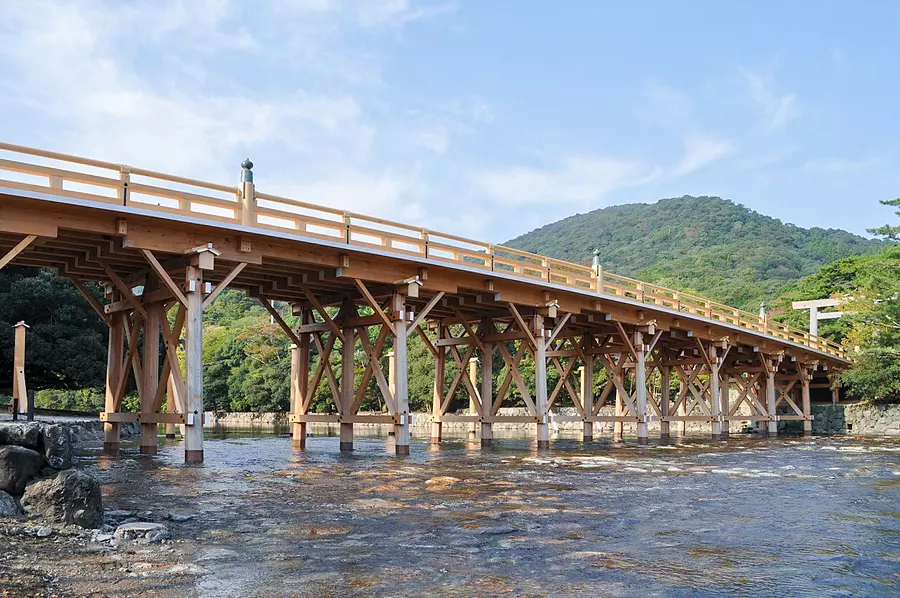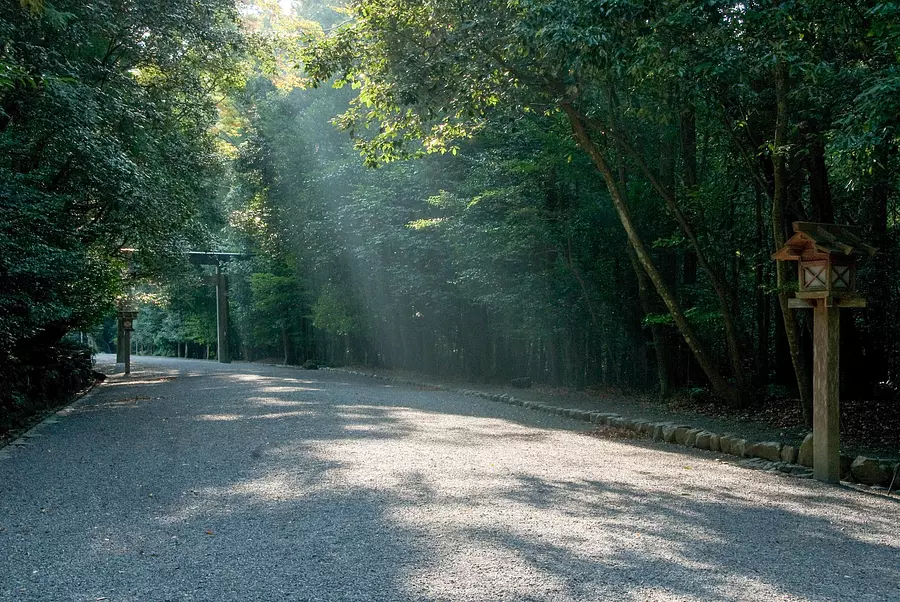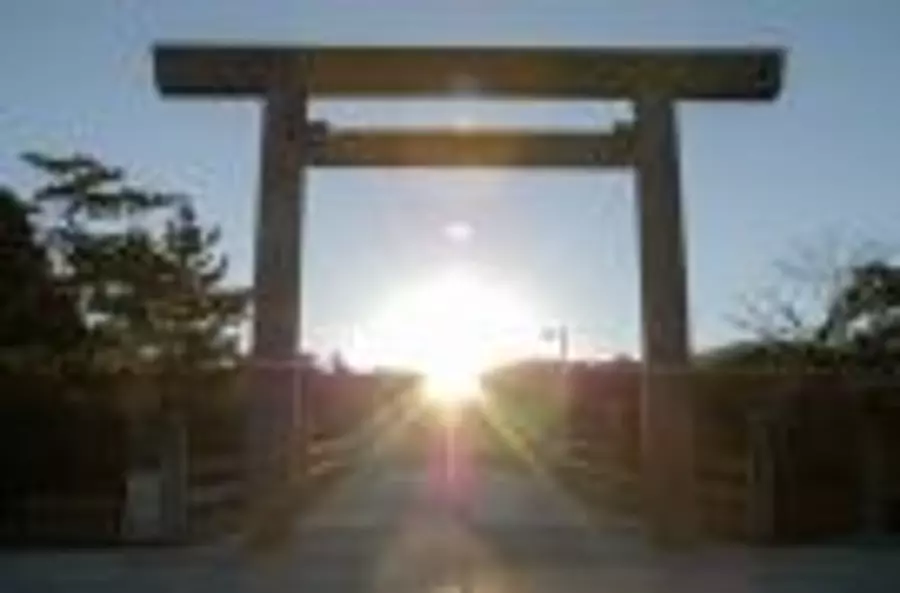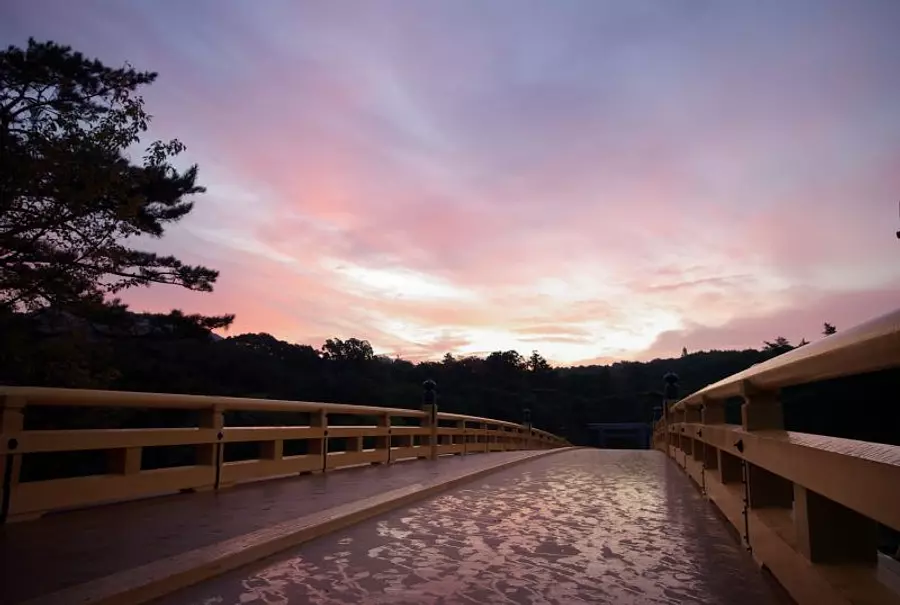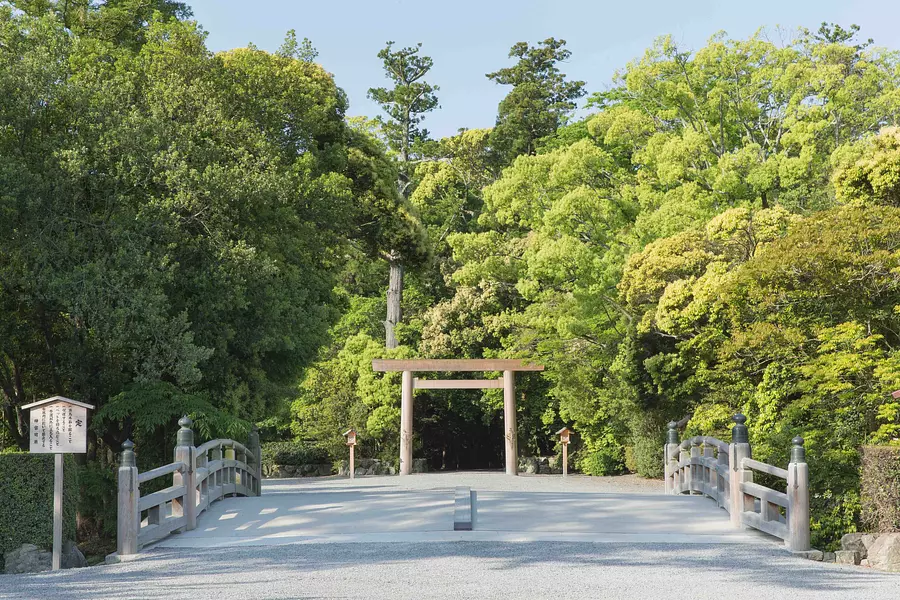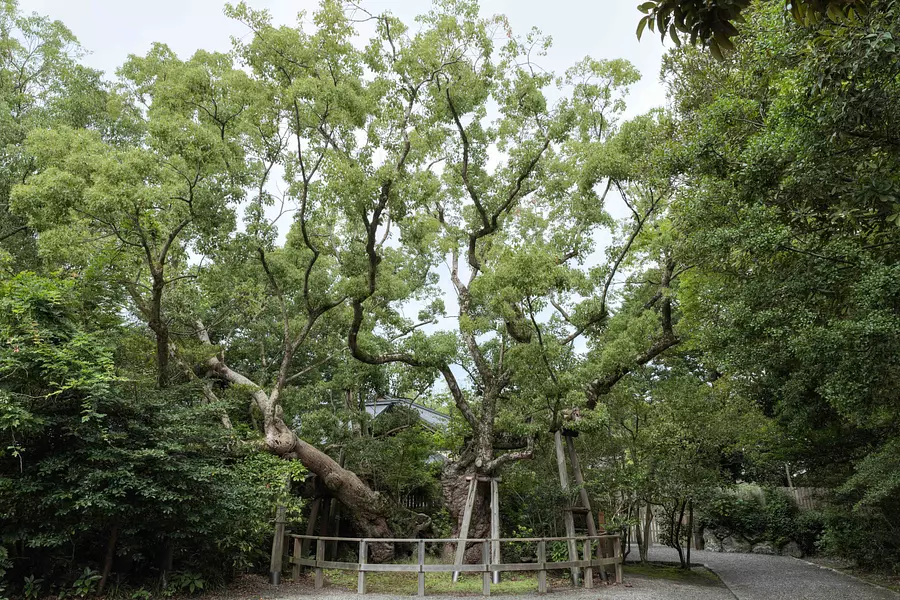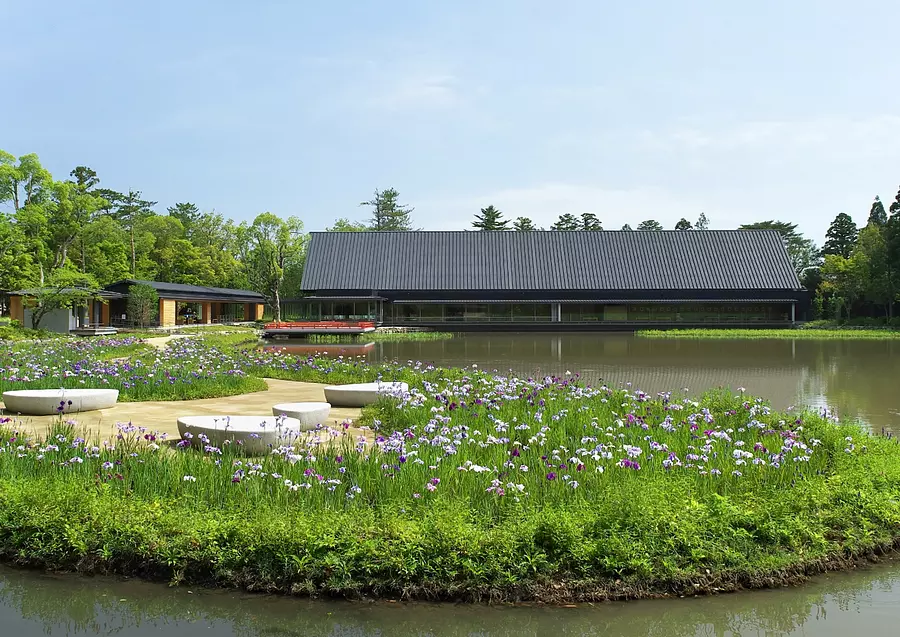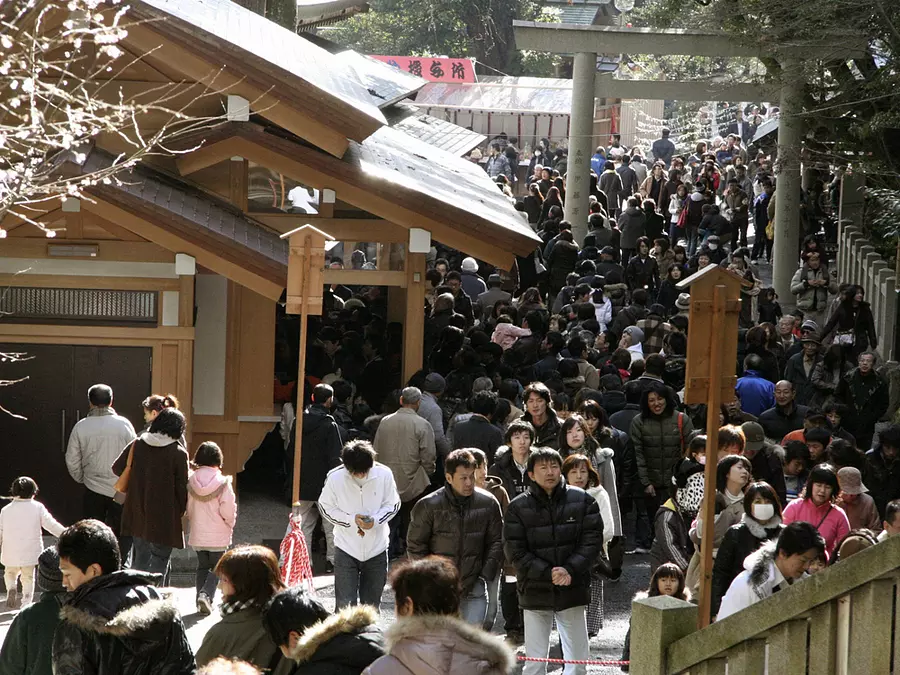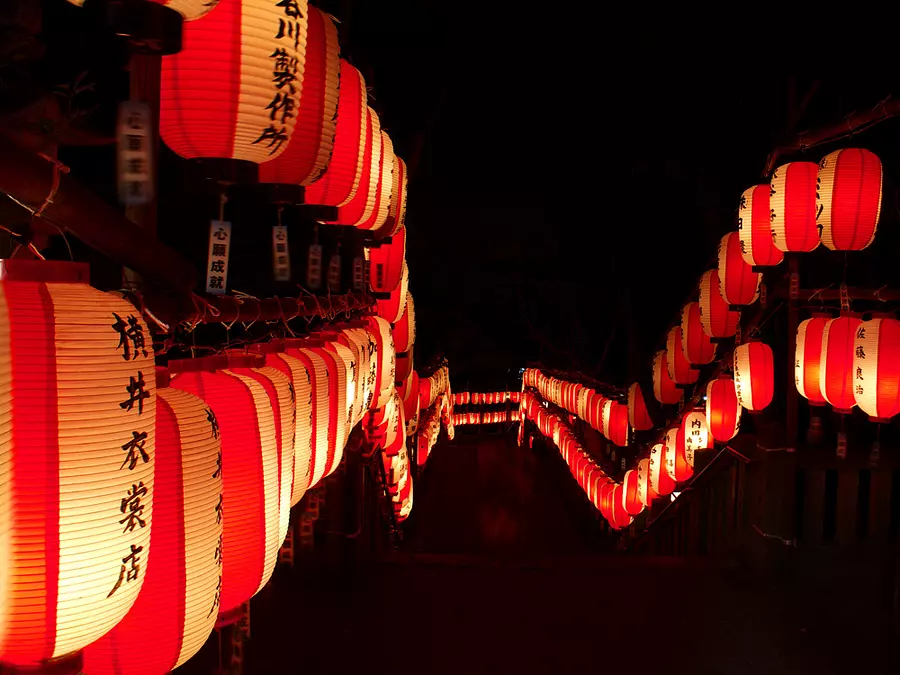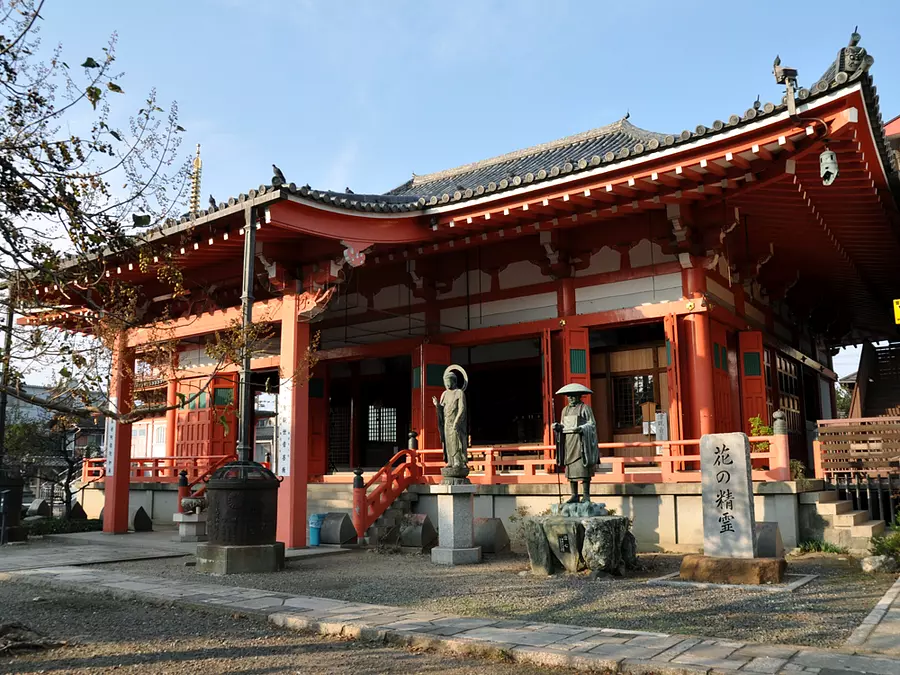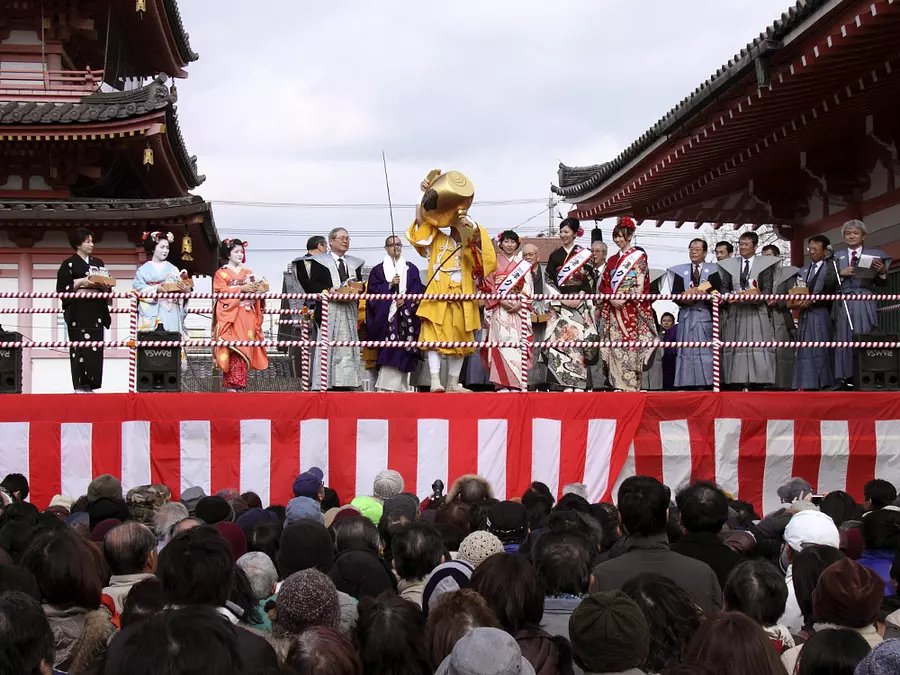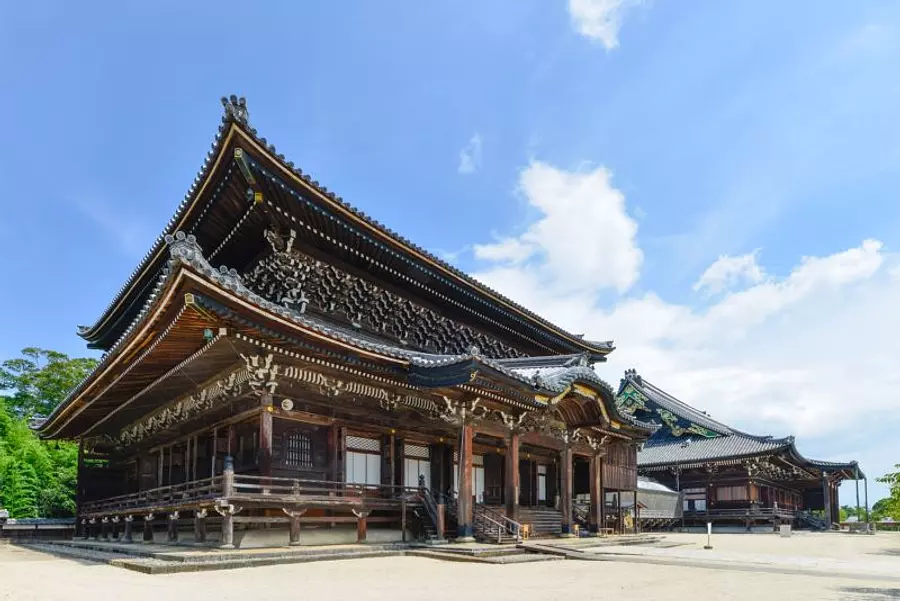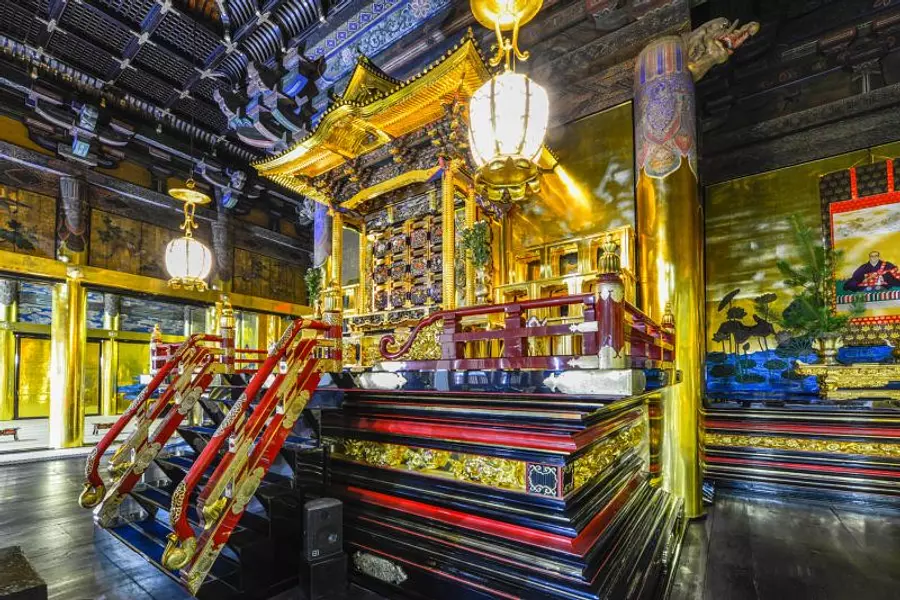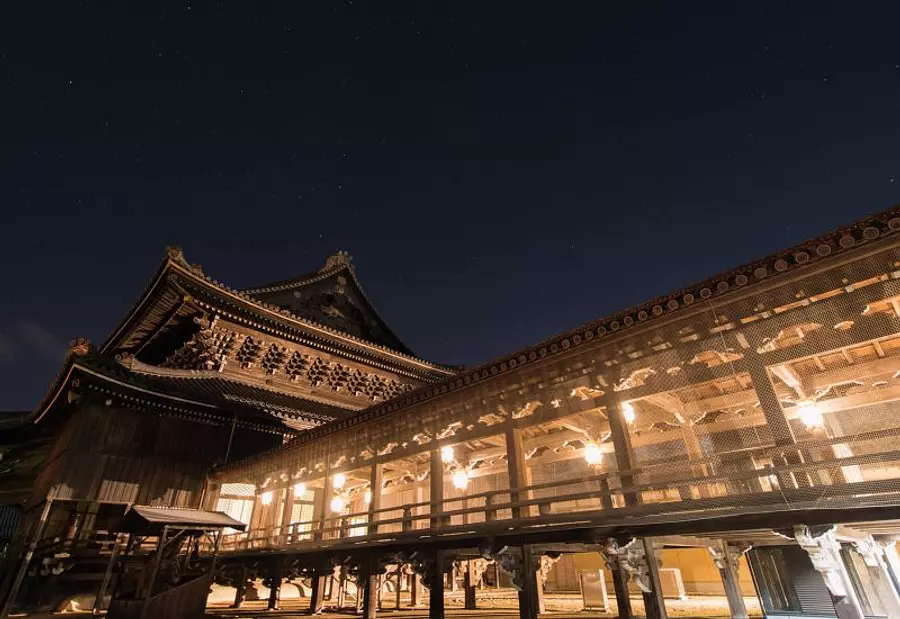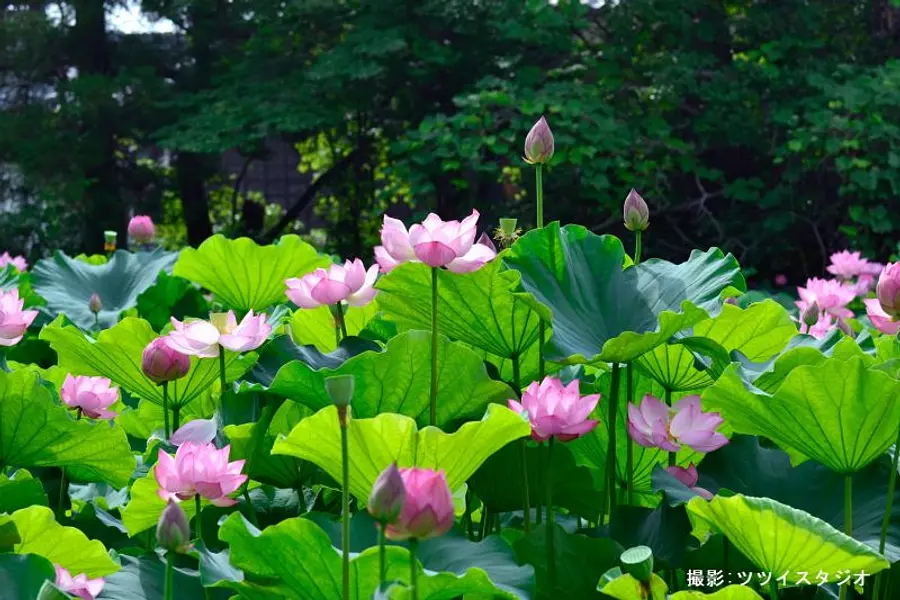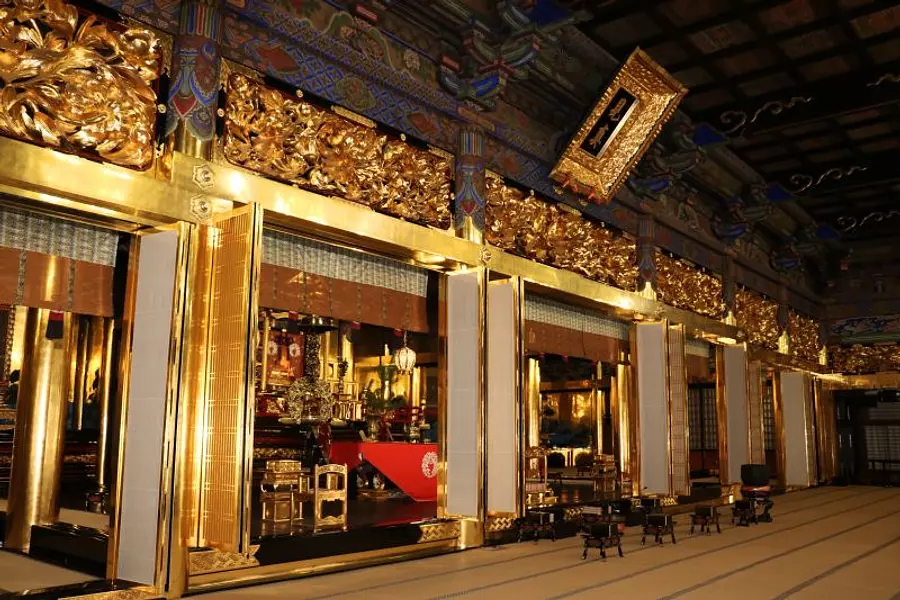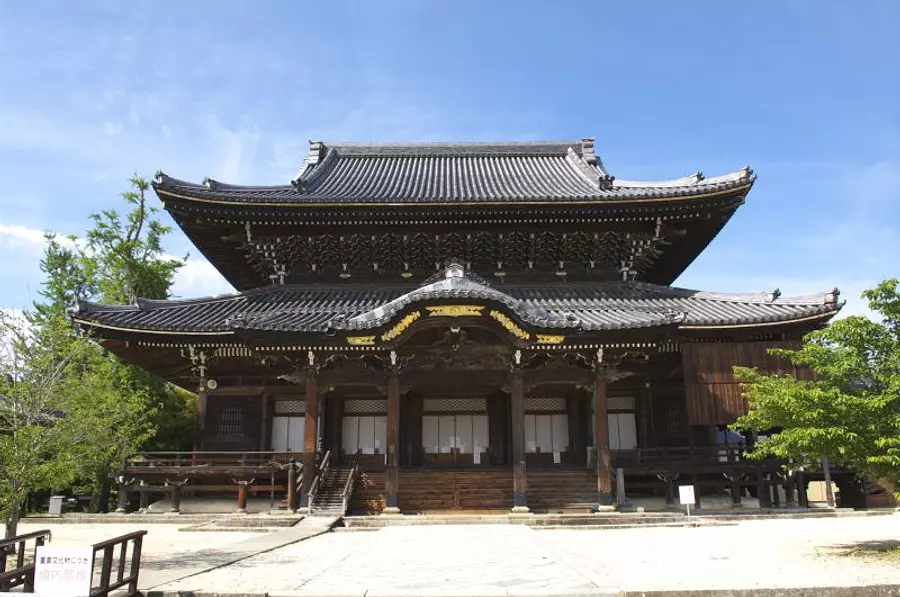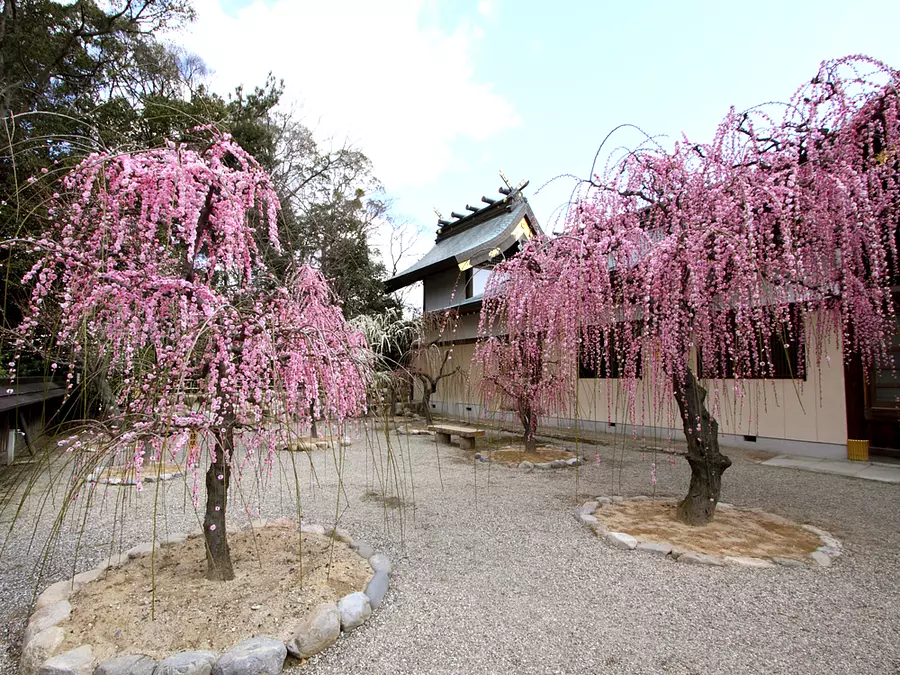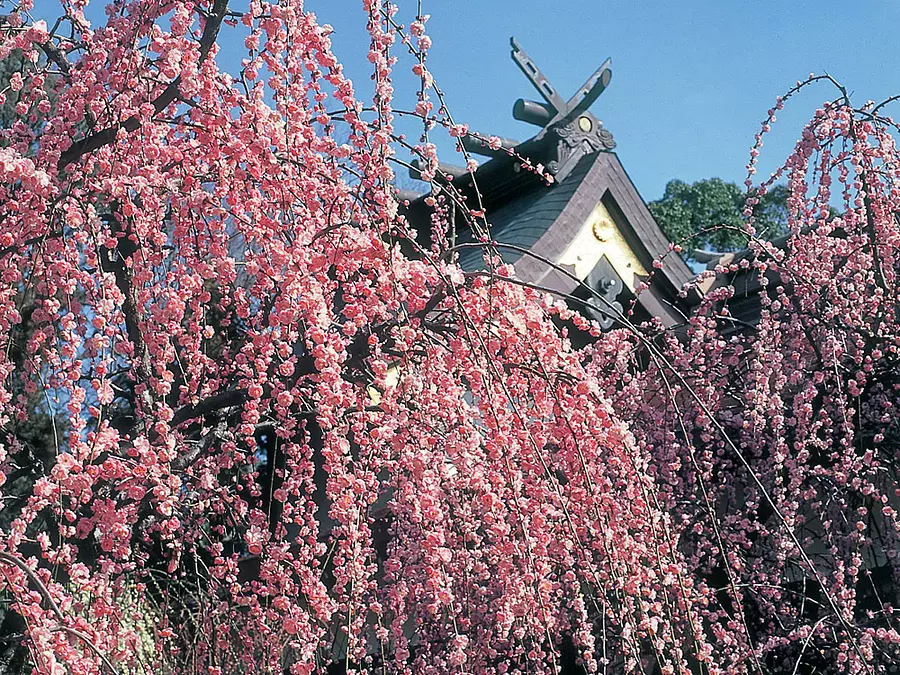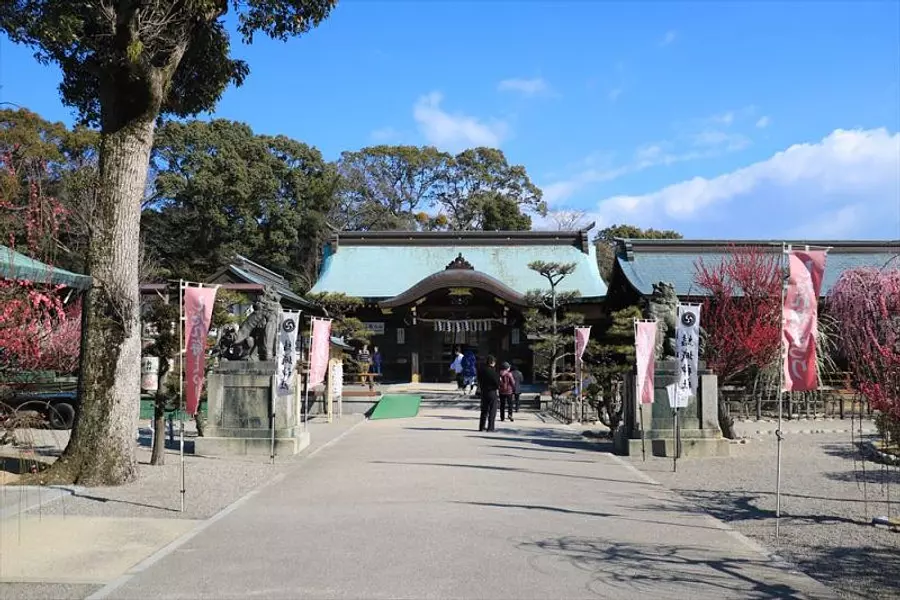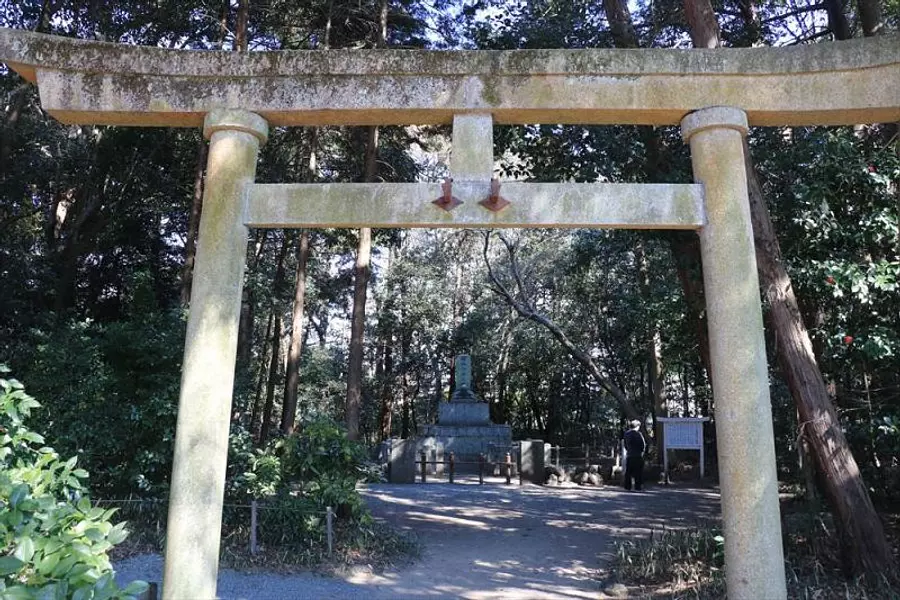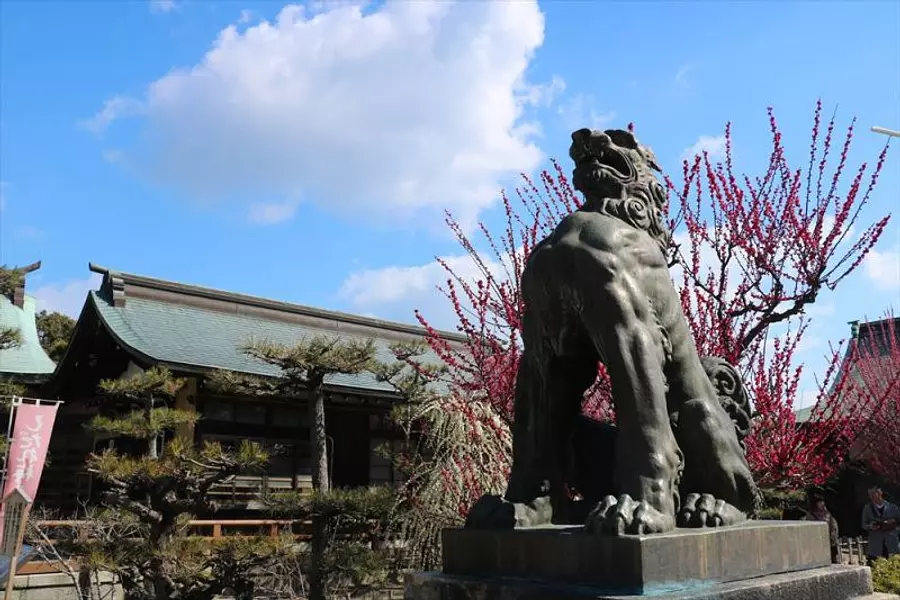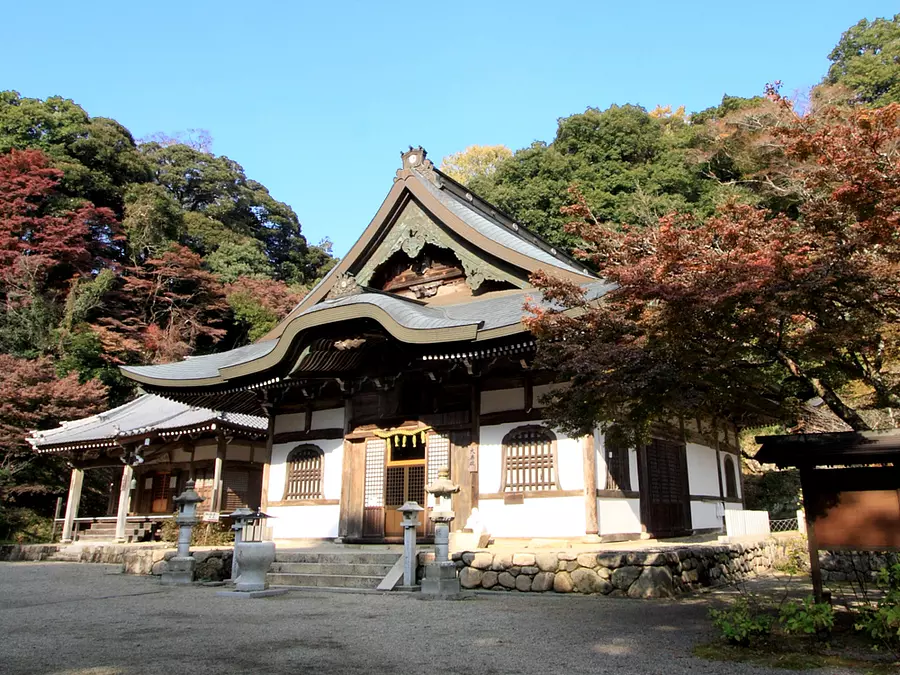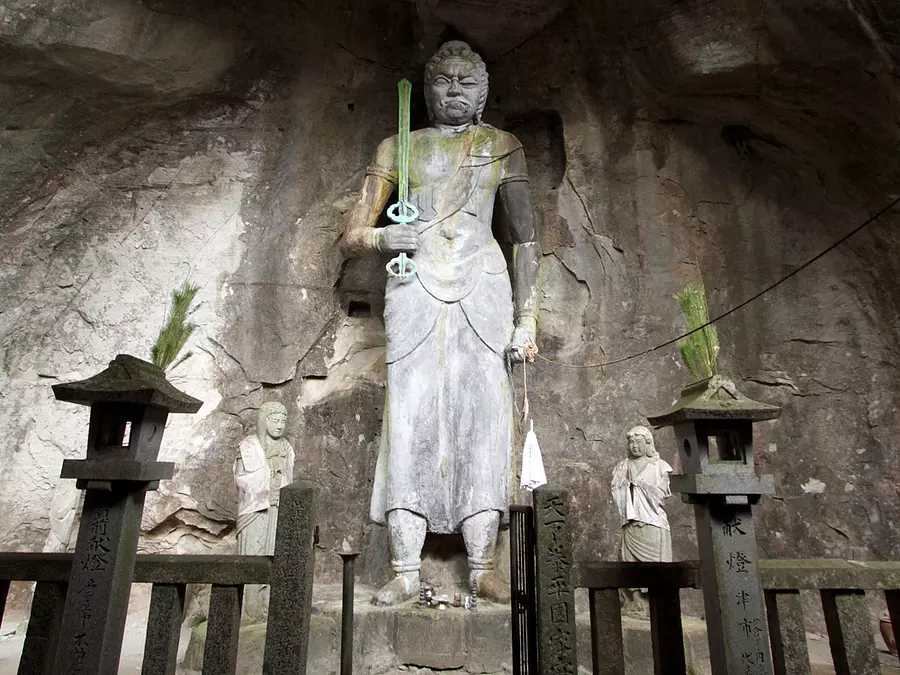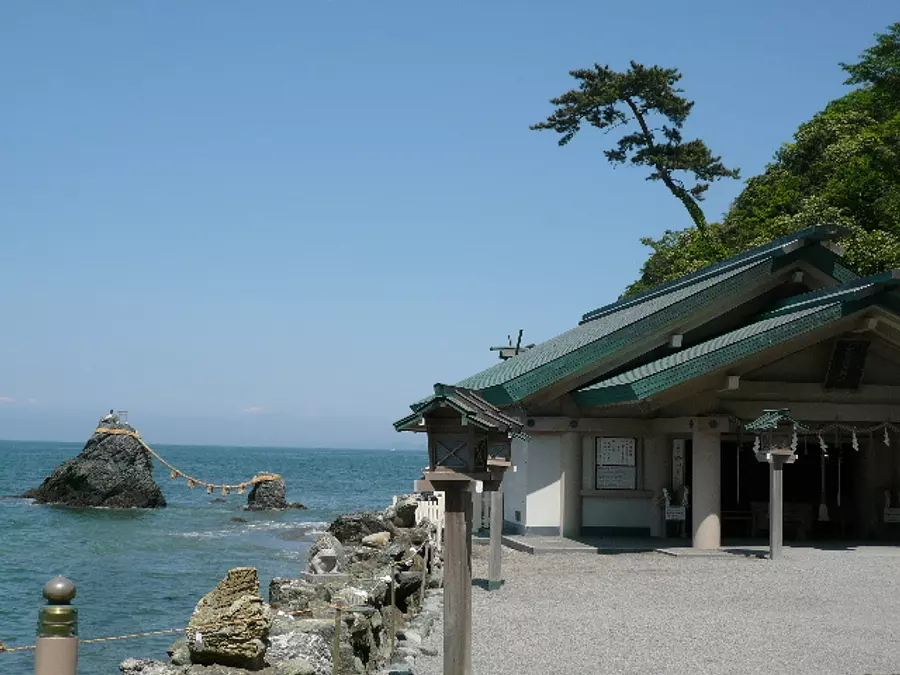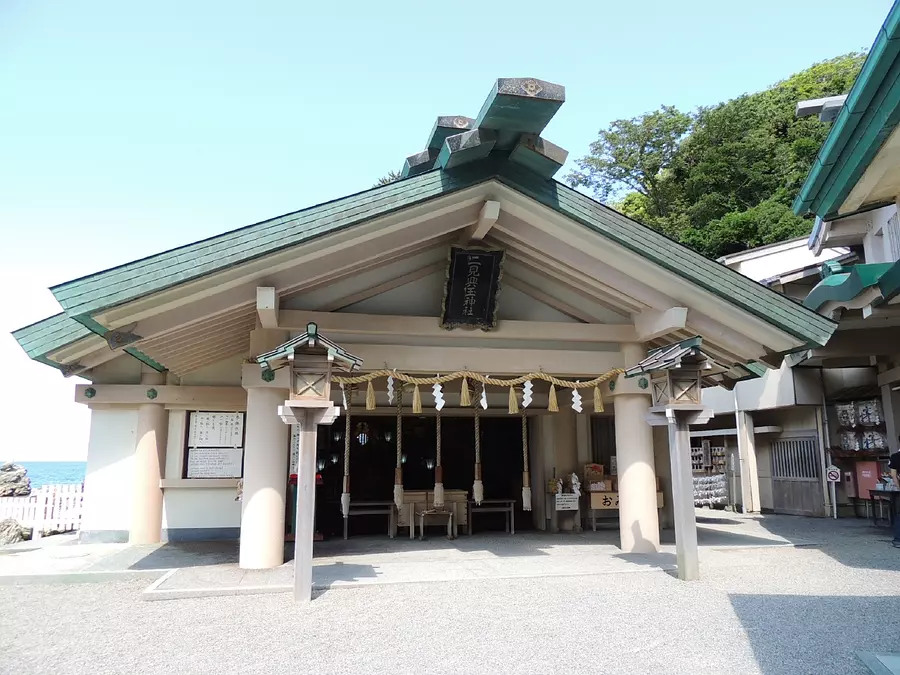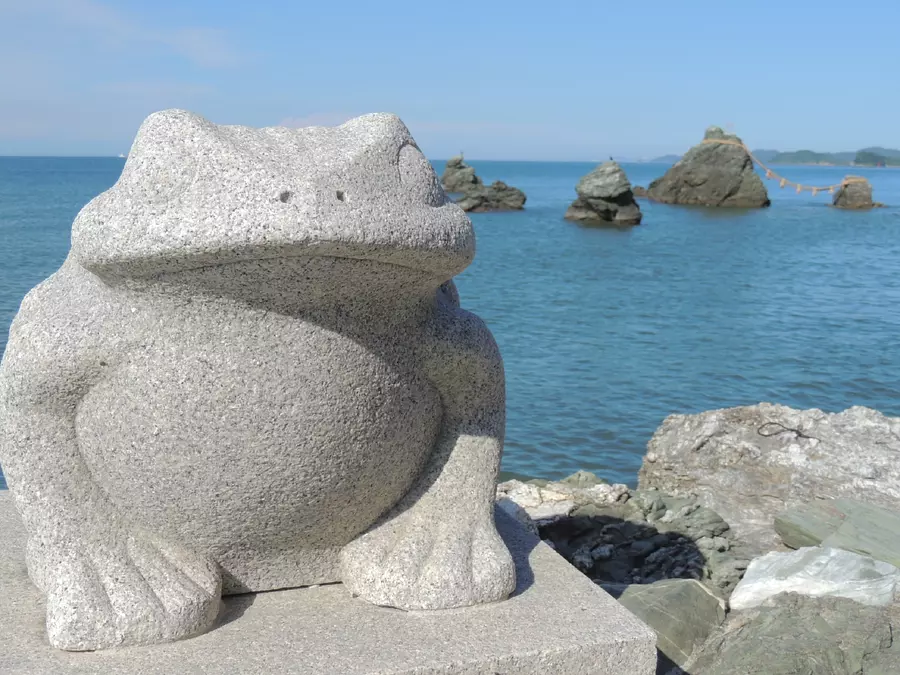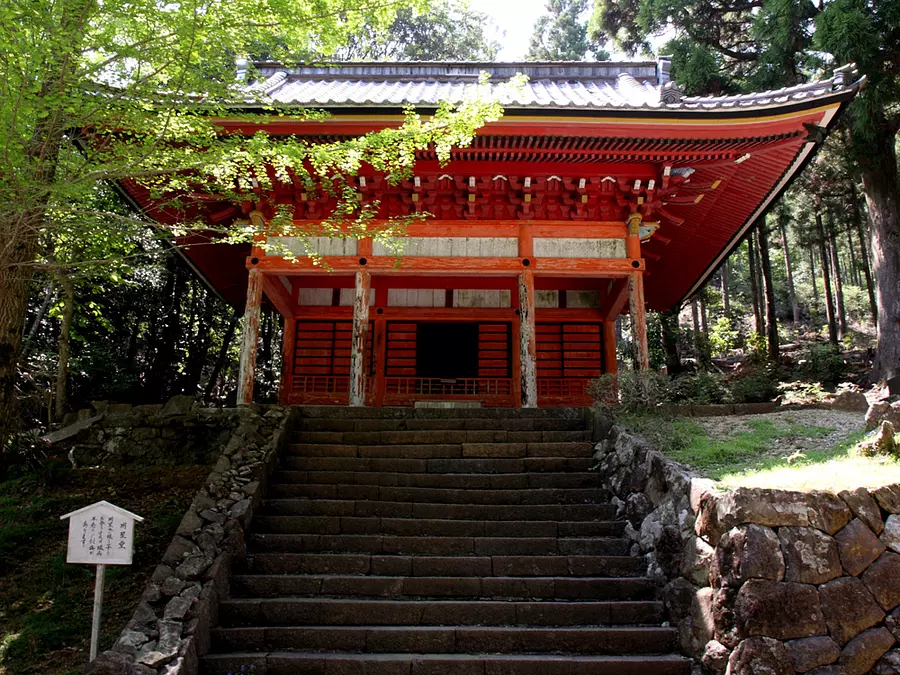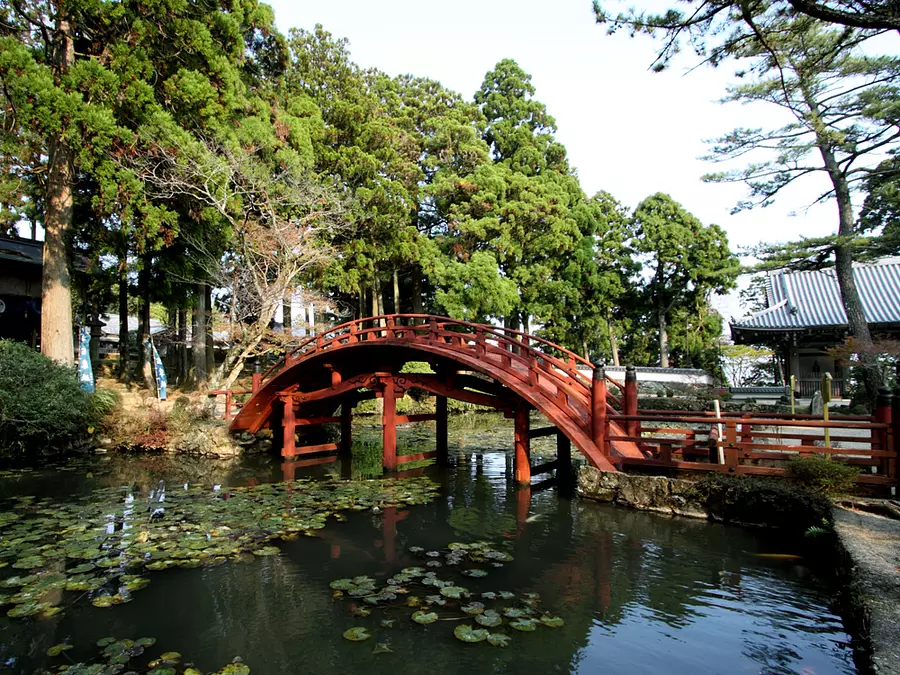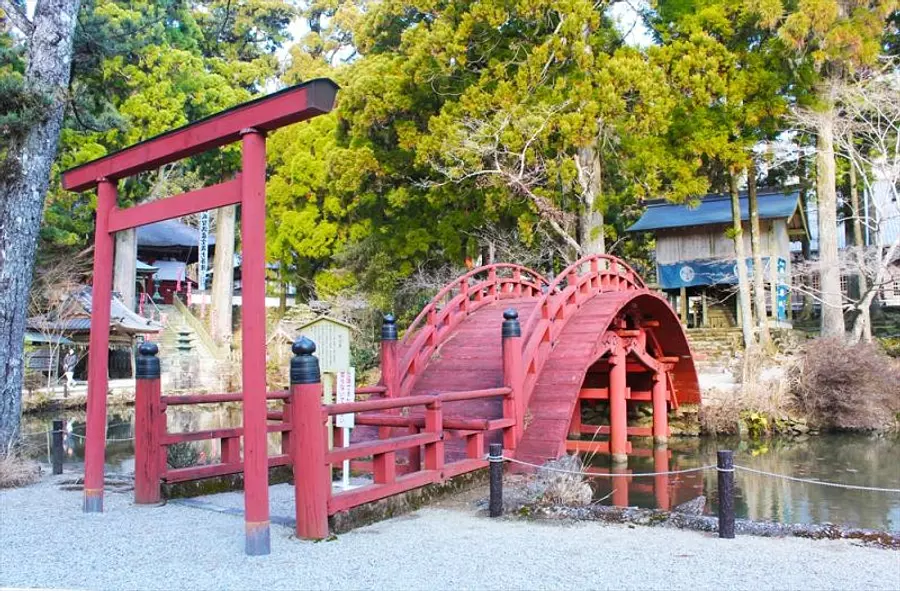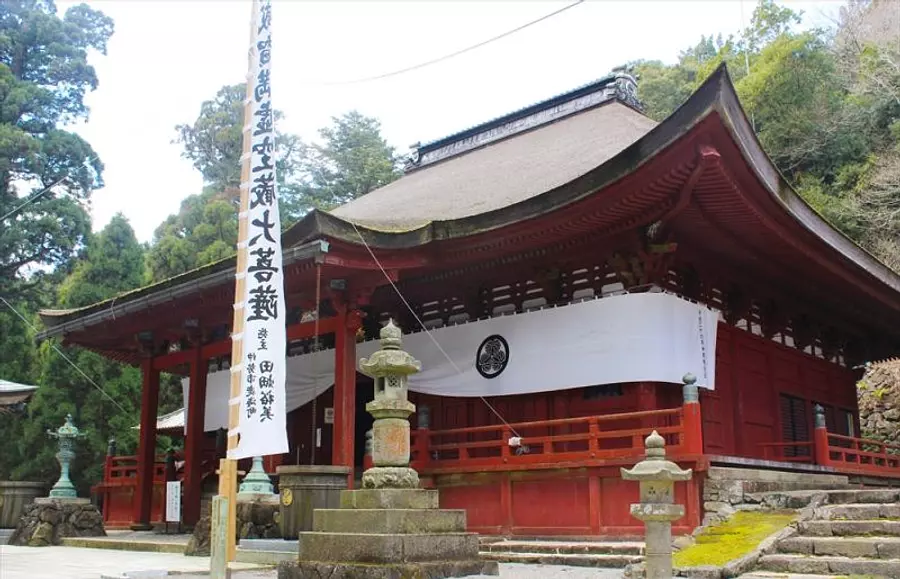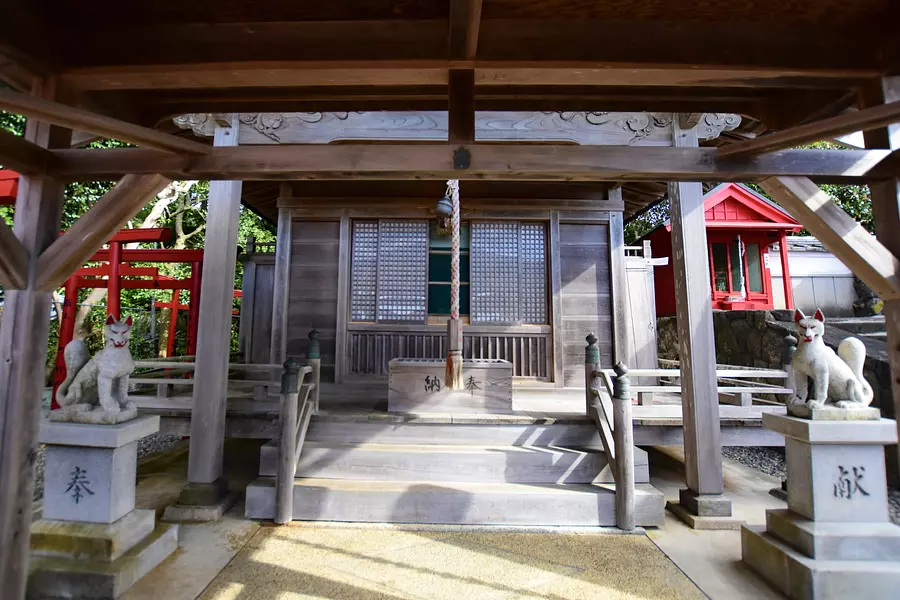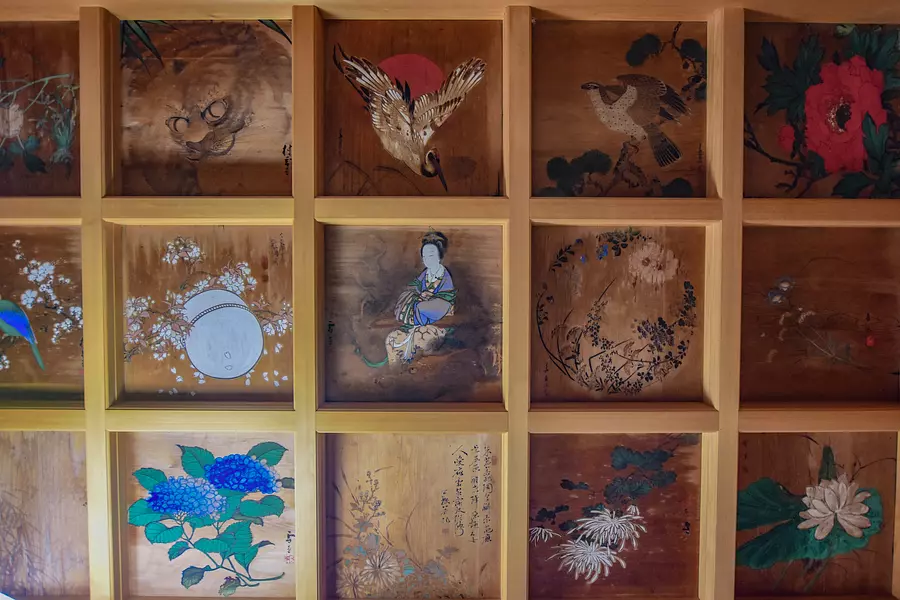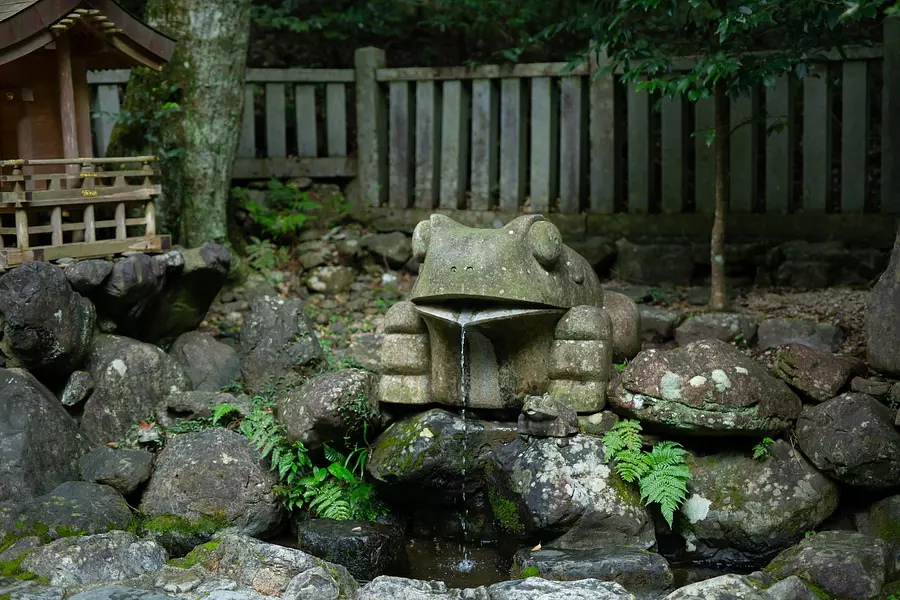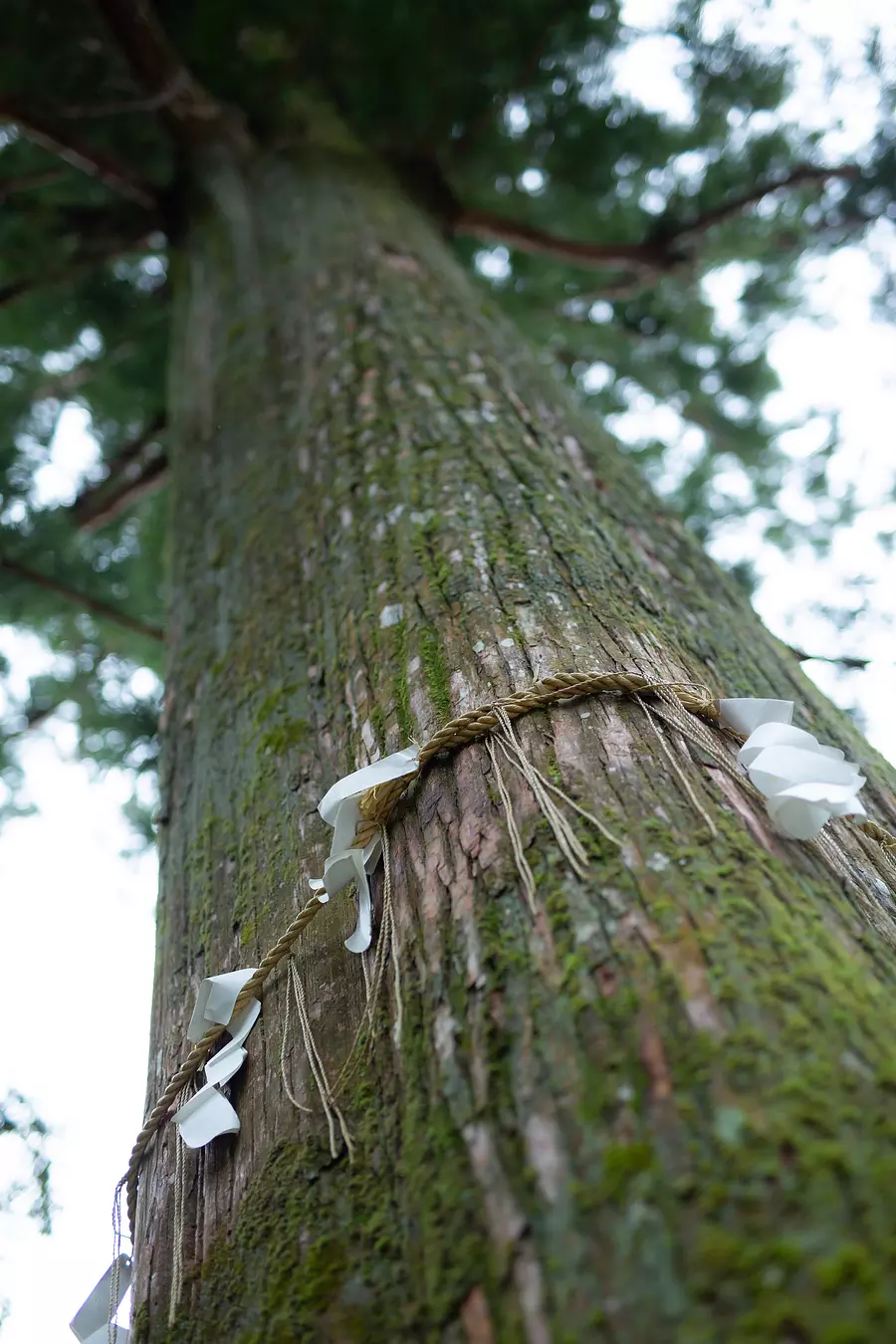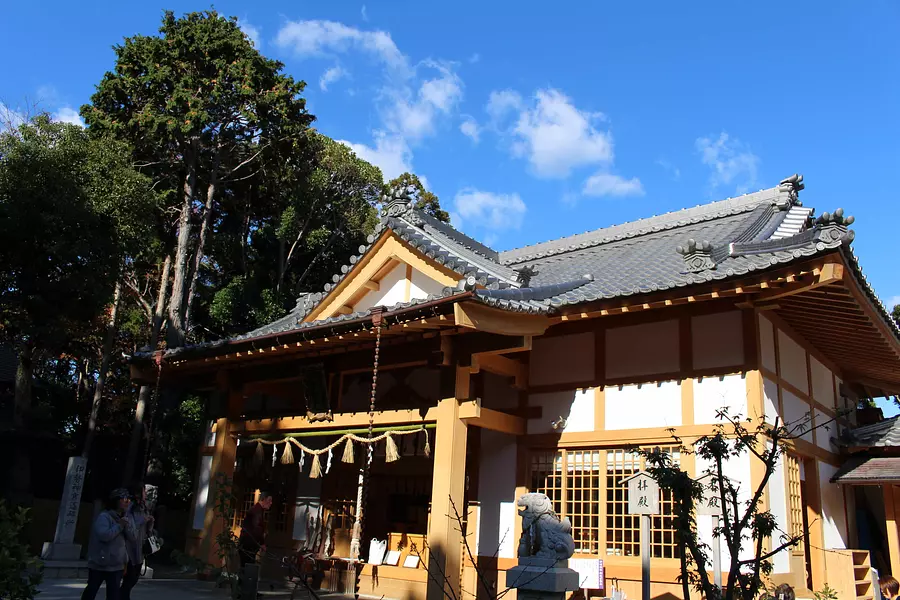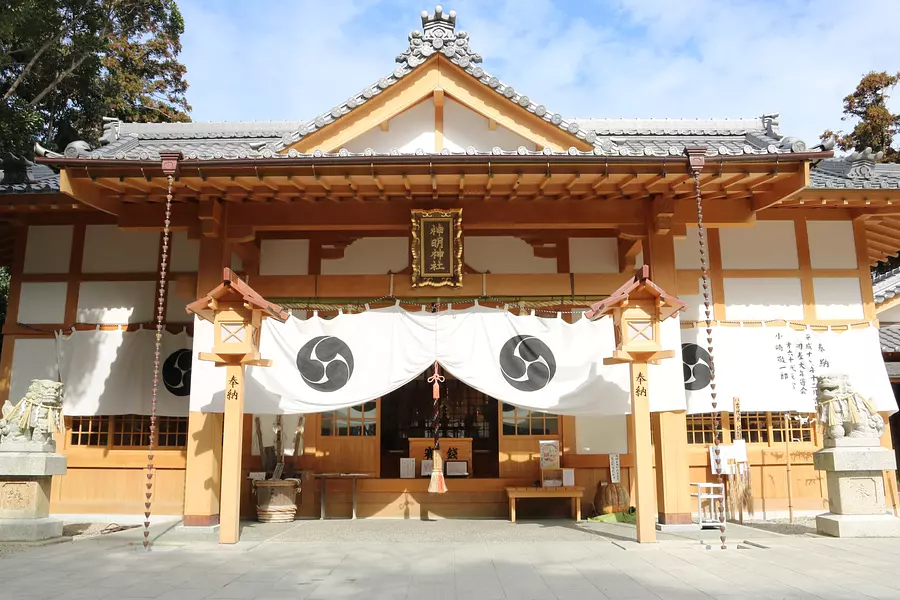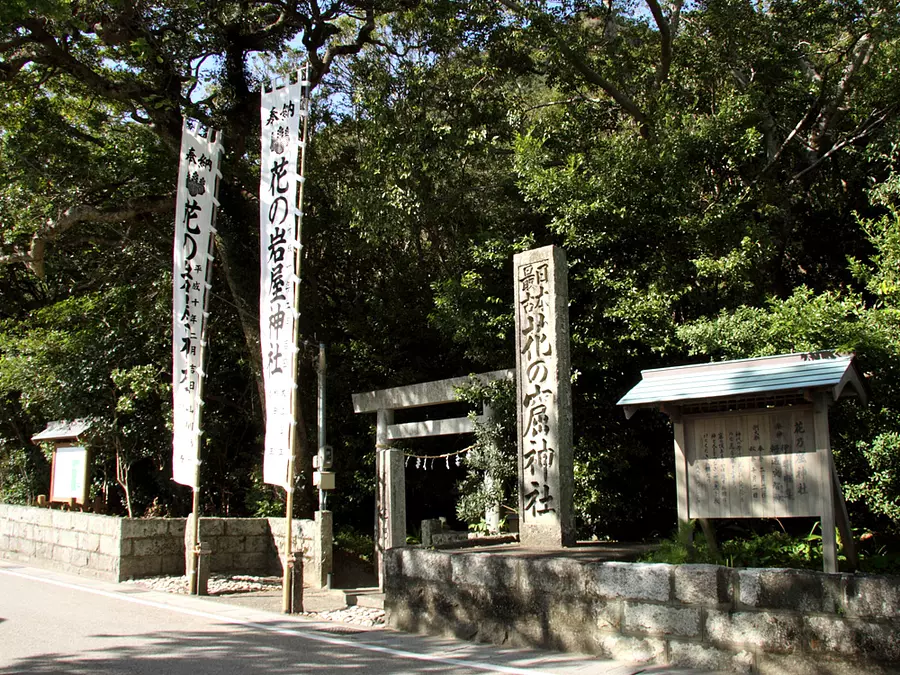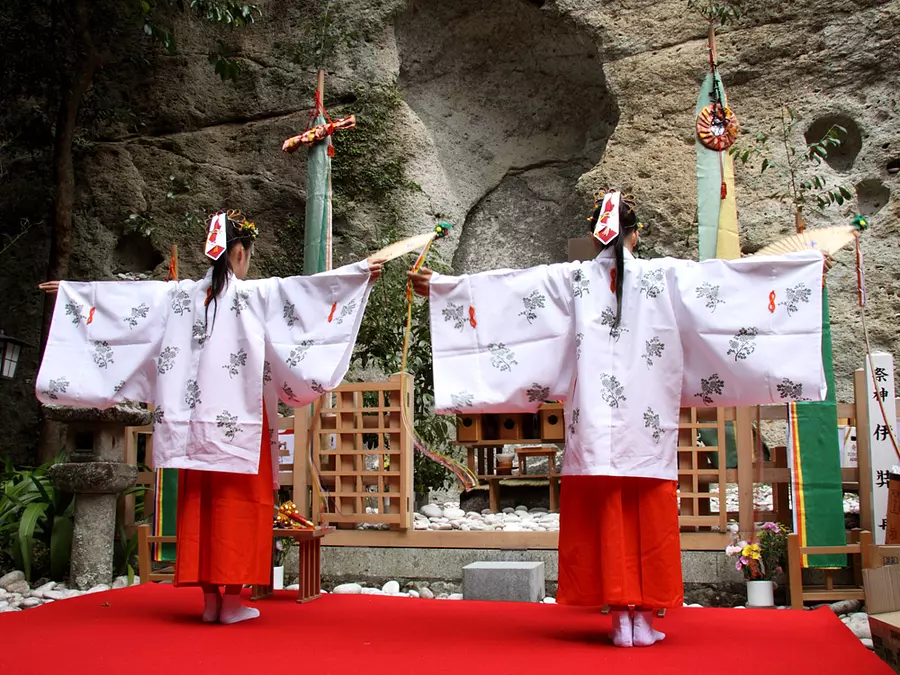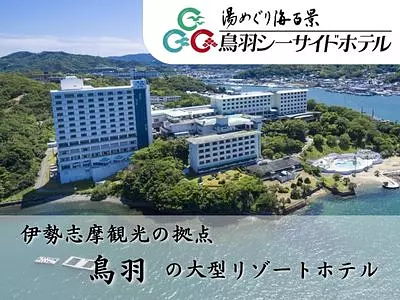Special feature on shrines and temples in Mie Prefecture! We will introduce 21 beneficial spots that bring good luck, such as IseJingu Grand Shrine and TsubakiGrandShrine
掲載日:2019.12.12
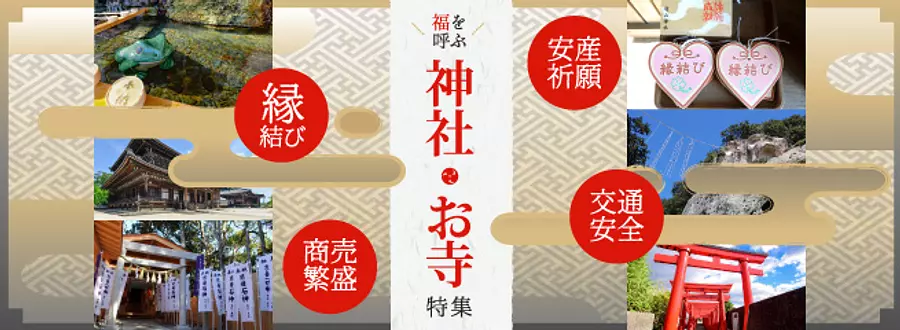
Introducing 21 shrines and temples in Mie Prefecture that bring good fortune!
Mie Prefecture is home to Ise Grand IseJingu, known as the ``home of the Japanese spirit,'' Kobe no Miya Yomo Shrine, known as the ``guardian deity of the head,'' and ``A woman's one wish.'' There are many Ishigami-san (Shinmei-JinjaShrine), which is said to bring you peace!
There are various benefits such as marriage, prayers for safe childbirth, traffic safety, passing exams, and prosperous business.
index
IseJingu Kotaijingu Shrine Naiku (IseCity)
Japanese people's "hometown of the heart"
IseJingu Shrine is made up of 125 shrines centered around two main shrines: Naiku, which enshrines Amaterasu-Omikami, who is compared to the sun, and Geku shrine, which enshrines Toyouke-no-Omikami, who protects food, clothing, shelter, and industry.
Naiku, Kotaijingu, enshrines Amaterasu-Omikami, the ancestor of the imperial family and revered by the people as the guardian deity.
Once you cross UjibashiBridge, which is the entrance to Naiku, and proceed down the long approach paved with gravel, you will find yourself in a sacred precinct. The original scenery of Japan, known as the "hometown of the heart," spreads out here.
Related information
〇Click here for the special page for visiting Ise Shrine.
First visit to Ise ~ Walking around Ise Shima ~
〇Interview report
Visit IseJingu early in the morning! Naiku filled with gentle light was a place where you could feel the solemn atmosphere...!
IseJingu Grand Shrine Geku (Toyouke-daijingu) (IseCity)
Japanese people's "hometown of the heart"
Toyouke-no-Omikami, who is enshrined in Geku, is the god of food that governs the meals of Amaterasu-Omikami in Naiku, and is also revered as the guardian deity of food, clothing, shelter, and industry. It has been.
Passing through the torii gate, stepping on the gravel, and walking along the approach path with gentle sunlight filtering through the trees, you will be filled with a refreshing feeling.
Related information
〇Click here for the special page for visiting Ise Shrine.
First visit to Ise ~ Walking around Ise Shima ~
TadoTaishaShrine (KuwanaCity)
A shrine that is worshiped as the guardian deity of the Kitaise region
Since ancient times, this ancient shrine has been known as the Kitaise Grand Shrine, and has been said to be ``If you go to Ise, you should also pray, but if you don't pray, you will be lost.'' It is dedicated to the god of prosperous business and praying for rain.
The Ageuma Shinto ritual held on May 4th and 5th is a world-renowned festival in which young jockeys run up a precipice more than 2 meters high, and the number of horses that climb up is used to predict the abundance of crops for the year.
Related information
TsubakiGrandShrine [Tsubaki Okami Yashiro] (SuzukaCity)
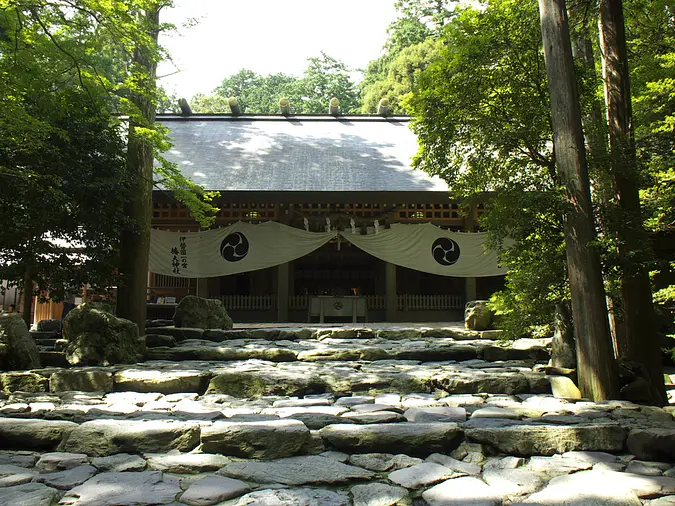
The No. 1 shrine in Ise Province that enshrines the God of Michibiki
It enshrines Sarutahiko Okami, known as the god of good fortune, and is visited by worshipers from all over the country. In the solemn precincts surrounded by trees, there is a tea room called Suzushoan, which was donated by Konosuke Matsushita, the founder of Matsushita Electric, and is open to the public regardless of the school.
Related information
Tsu Kannonji Temple (TsuCity)
One of Japan's three Kannon temples, along with Asakusa in Tokyo and Osu in Nagoya.
Founded in 709 AD, it is one of the three Kannon temples in Japan. The principal image is Sho Kanzeon Bodhisattva. This is an old temple of the Shingon sect that was a place of prayer for the successive shogun families and the Todo family, the lords of the Tsu domain, and has many cultural assets. Today, it is a thriving center of faith for the common people. There is also ``Kokufu Amida'', the local Buddha of Amaterasu Kotai Shrine in Ise.
[Main annual events]
・February 3rd: “Onioshie Setsubun-kai”
・April 1st to 3rd: “Tsu Kannon-e Ceremony” Opening of the Secret Buddha of the Principal Image
・August 9th: “Ten-day Kannon” 46,000-day meritorious day
Related information
Takada Honzan Senshuji Temple (TsuCity)
Mie Prefecture's first (building) national treasure!
Nicknamed Takada Honzan, it is home to the head temple of the Shinshu sect of Buddhism founded by Shinran Shonin.
This Shinshu Takada sect's main temple, Senshu-ji, has formed a temple town on the land of isshinden, and still carries on the Nenbutsu that was spread by Shinran Shonin.
The two buildings, Mieido and Nyoraido, were designated as national treasures on November 28, 2017. It is Mie Prefecture's first national treasure as a building.
Other national treasures and important cultural properties are located in the Treasure Museum.
Related information
Yuki Shrine (TsuCity)
Crowded with many visitors as a famous spot for plum blossoms
Yuki Shrine is dedicated to Prince Munehiro Yuki, who served Emperor Go-Daigo and contributed to the establishment of the Kenmu Restoration. This place has been said to be Yuki Forest since ancient times, and is revered as Yuki Mound or Yuki Myojin.
There is a splendid tombstone of Prince Munehiro Yuki, and it is also famous for its 300 gorgeous weeping plum trees.
Related information
yagami (TsuCity)
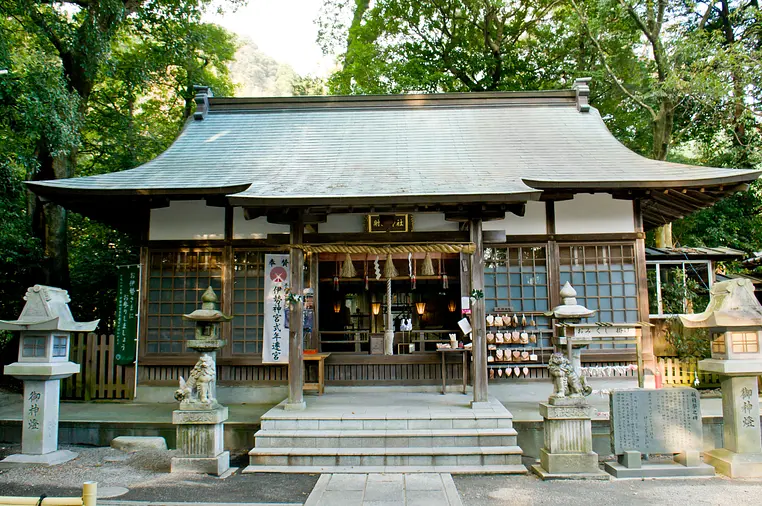
A shrine in the forest dedicated to the god of hot springs
At the foot of Mt. Kaiishi, surrounded by large cedar trees, is yagami. Long ago, it was enshrined at the 8th station of Mt. Kaiishi, but it is said to have been moved to its current location during the Azuchi-Momoyama period. Across the road is the hand-washing area ``Chomeisui'' (also known as ``Sakaki no I''), and it is said that during festivals at IseJingu, there was a custom of offering sakaki branches soaked in this water. .
Sugawara Shrine (Ueno Tenjingu Shrine) (IgaCity)
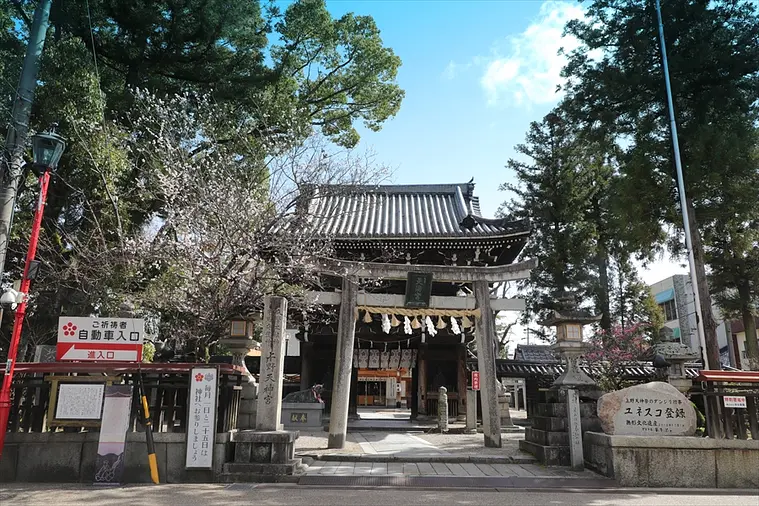
The main deity is Michizane Sugawara, who is blessed with academic success.
It is known as Ueno Tenjin and is famous for the Ueno Tenjin Festival held in October. MatsuoBasho, a native of Iga Ueno, dedicated his maiden collection of poems, ``Kai Ohohi.'' It is affectionately known by the locals as ``Tenjin-san.''
It is said that the zelkova tree within the shrine grounds buds twice every year, once in spring and once in autumn, and is known as the ``twice-budded zelkova'' and has been designated as a natural monument by the city. There is also a tower gate and bell tower built in the mid-Edo period, which have been designated as cultural properties by the prefecture.
Shindaibutsuji Temple (IgaCity)
A magical power spot in Iga
An old temple built in the Kamakura period. It enshrines a wooden Great Buddha that is over 4 meters tall and has the same appearance as the Great Buddha at Todaiji Temple, as well as a statue of Fudo Buddha that is 6 meters tall.
In addition, flowers such as cherry blossoms in spring, green leaves in May, hydrangeas in June, and autumn chrysanthemums and maples in autumn are waiting for your visit.
Related information
Omura Shrine (IgaCity)
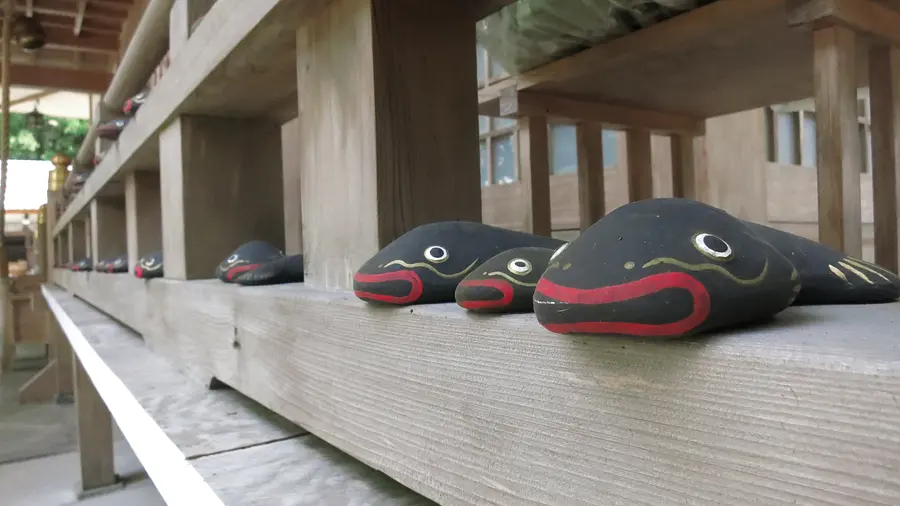
Gathers worshipers as the "god of earthquakes"
Omura Shrine, an ancient shrine mentioned in the Engishiki, has a lot to offer. There is a ``Keystone'' that is said to protect against earthquakes, a ``Mushikui Bell'', one of Japan's three strange bells, and a gorgeous Momoyama-style building with a gabled structure and cypress bark roof, and a ``Hoden'' designated as a nationally designated important cultural property. "etc.
Omura Shrine is visited by many worshipers from all over the country as it is believed to be a guardian deity against earthquakes.
It is said that the catfish lined up on the railing are the lucky charms that have been dedicated to make wishes come true.
In spring, the cherry blossoms at Sakurayama Park next to the parking lot are beautiful, and you can see the entire ao townscape from here.
The autumn festival is held on November 2nd and 3rd every year, and on the 2nd night, Shishi Kagura from three regions gather and perform dances. It's lively until late at night. At the annual festival on the 3rd, catfish flower carts and lion kagura are paraded through the town.
Tokozan Jinguji (MatsusakaCity)
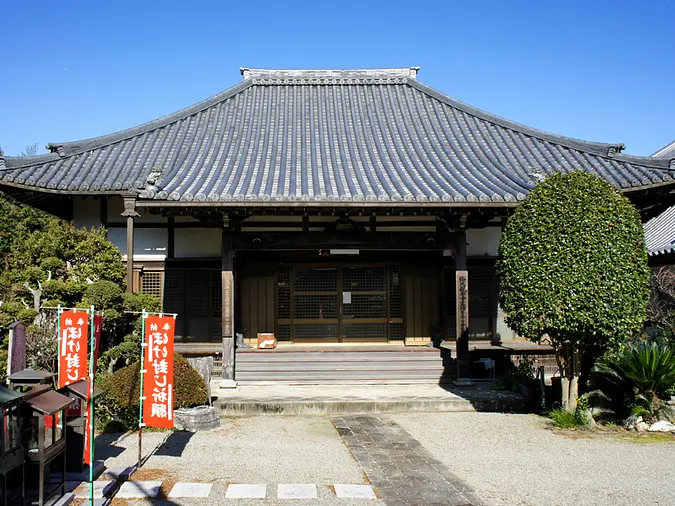
Worshipers ring the New Year's Eve bell to mark the end of the new year.
Founded in the 2nd year of Tenpyo (730 AD) during the Nara period. It is said that Oda Nobunaga also bowed down to the principal image of Yakushi Ruriko Nyorai carved with one sword and three bows by Jikaku Daishi, and Bishamonten from the Kamakura period is enshrined as a shrine.
After being moved to the current Morimoto Castle ruins during the Edo period, it was rebuilt in 1917, and the ceiling of the large room inside the main hall has an unusual painted ceiling with 156 paintings inlaid. The shrine grounds are enshrined with the Hakuju Kannon, Mizuko Jizo, and Shoichii Inari.
Seishu Shichifukujin Tour Bishamonten Temple Temple
Tokai Hakuju Thirty-Three Kannon Sacred Site 11th Temple
Mie Plum Blossom Hyakkannon Sacred Site No. 34
Futamiokitama-JinjaShirine (IseCity)
Looking at Meotoiwa(rocksofthemarriedcouple) will bring you luck in marriage.
This shrine enshrines Sarutahiko Okami as its enshrined deity, and is said to have blessings on matchmaking, marital harmony, and traffic safety.
Since ancient times, there has been a custom of ``Hamasangu'' to purify the mind and body with the seawater of FutamiuraBeach before visiting the shrine, and even today there are many worshipers who first visit the shrine, receive purification, and then head to the shrine.
In the precincts, there are many Futami frogs (frogs that hatch safely, lent items that hatch) that are said to be the messengers of Sarutahiko Okami.
Related information
KongoshojiTemple (IseCity)
Okunoin, which protects the demon gate of IseJingu
This is an ancient temple connected to Mt.Asama located on the summit of Mt. Asama, and is also famous as the temple that protects the demon gate of IseJingu.
One verse of the Ise Ondo says, ``If you go to Ise, go to Asakuma, but if you don't go to Asakuma, it's a one-time visit.'' It was customary for people who visited IseJingu to also visit KongoshojiTemple.
KongoshojiTemple is said to have been founded by Akatsukidai Shonin during the Kinmei period (late 6th century).
Related information
Katada Inari Shrine (ShimaCity)
The painted ceiling is spectacular! A shrine that benefits maritime safety
Inari Shrine is worshiped as the god of fishing.
The ceiling is famous for its 48 lattice paintings painted by Nomura Nansai and his disciples.
Related information
KotaijinguBetsuguTakiharanomiya【Kodai Jingu Betsugu Takihara Miya】 (Dokai DistrictTaikiTown)
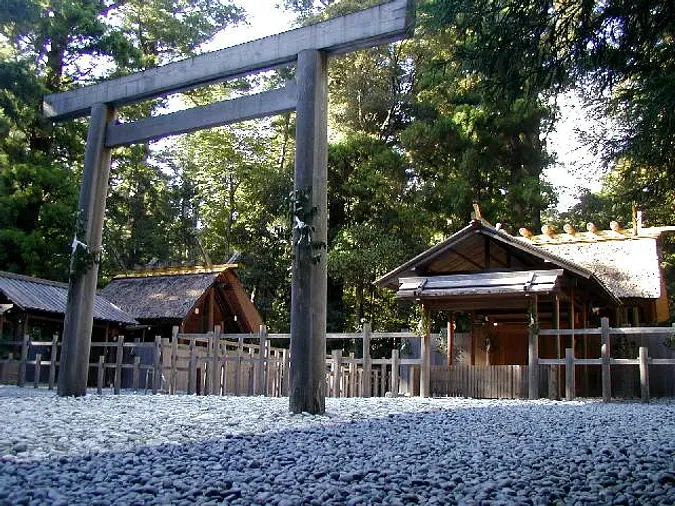
``Okami no Harumiya'' is located in a deep green forest.
The three affiliated shrines Takiharanomiya and Takihara-Shingu Shrine, are enshrined within the precincts of the grove, and you can receive amulets and amulets as well as goshuin stamps. Located in the mountains where ouchiyama forms a deep valley, the area is filled with fresh air.
Tonomiya Shiho Shrine [Kobe no Miyayo Mojinja] (Taiki Town, TaikiTown)
The only “Atama no Miya” located in Okuise
Kashinomiya Shiho Shrine, affectionately known as ``Ataminomiya-san,'' is said to have been built in 1191 at the end of the Heian period, and is revered from all over the world as the ``guardian deity of the head'' and ``great deity of wisdom.'' Masu.
As the name suggests, it is said that if you pray to the area above your neck, you will receive divine blessings from the gods. In addition, the ``shiho'' in the company's name represents the four directions of north, south, east, and west, meaning that the divine virtue spreads in all directions, and is also worshiped as a god that protects against disasters and disasters.
Related information
Mt. Aomine Shofukuji [Aominesan Shofukuji] (TobaCity)
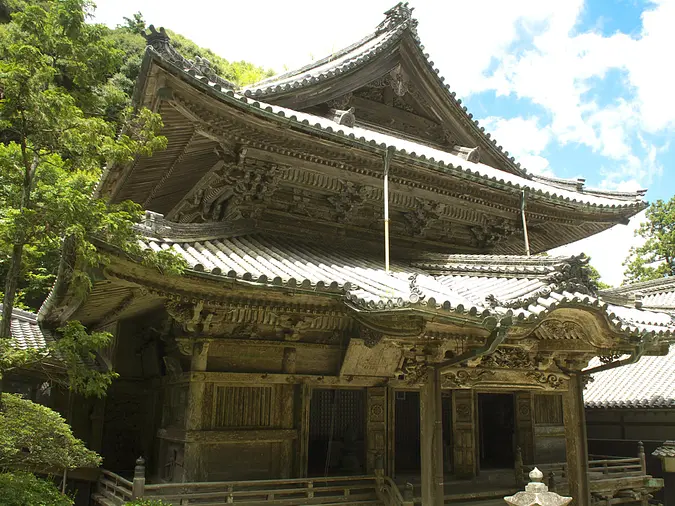
Gathering the faith of people who pray for safety at sea
An ancient temple of the Shingon sect with many halls scattered deep in Mt. Aomine. It is known as a place of prayer for maritime security. The principal image of worship is the golden Eleven-faced Kannon Bodhisattva, who appears in the legend of ``Kannon Riding a Whale.'' A grand festival is held on January 18th according to the lunar calendar, and the area is crowded with many people praying for safety at sea.
Founding date: 1688-1704
Related information
Ishigami-san (Shinmei-JinjaShrine) [Iigami-san, Shinmei-jinja Shrine] (TobaCity)
fulfills women's wishes
Ishigami-san san, located in the precincts of Shinmei-JinjaShrine, has long been believed by Ama divers to be able to grant one woman's wish, and now many women from all over the country come to worship. . Write just one wish on a prayer paper, place it gently in the wish box in front of Ishigami-san, and pray.
Unique talismans with embroidered stars and grid marks are also popular. The star can be written with a single stroke, meaning that ``even if an ama diving into the sea, she can return to her original place,'' and the lattice means ``there is no room for monsters to enter.''
Related information
Hananoiwaya-jinjaShrine (KumanoCity)
Japan's oldest shrine, mentioned in the Nihon Shoki
Hana-no-Iwaya is mentioned as a ``stage for domestic production'' in the first part of the Jindai period of Japan's first history book, Nihon Shoki, which was written in 720 (Nara period). This place has an important meaning as the ancient sacred place ``Kumano of Kumano'', which predates the Kumano Sanzan faith, and is truly a place that can be called the roots of the Japanese people.
History books mention that the sacred treasures were moved from Hana-no-Iwaya to Hongu Taisha. Just as written in the Nihon Shoki, the annual festival is still held on February 2nd and October 2nd every year, and many people come to worship.
Related information
konochi Shrine (Koyasu Shrine) [Kouuchi Jinja] (Kiho Town, KihoTown)
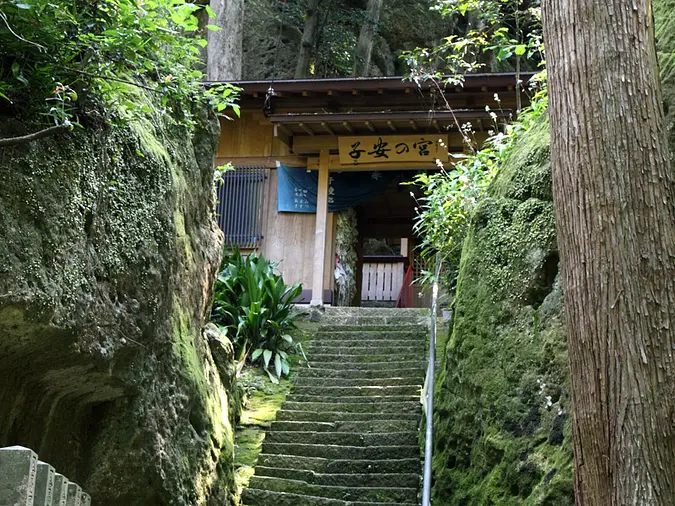
A shrine for safe childbirth that retains Kumano's natural beliefs
This shrine has a natural rock cave as its main building, and the grove of trees has been designated as a prefectural natural monument. Cedar, cypress, zelkova, and other trees grow here, and the huge rocks create a solemn atmosphere. Also known as "Koyasu Shrine", it is also famous as the god of safe childbirth.
| Category | |
|---|---|
| season |

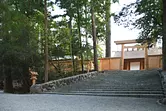
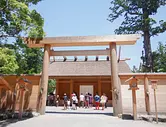
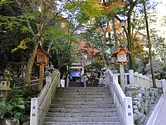
![TsubakiGrandShrine [Tsubaki Okami Yashiro]](https://www.kankomie.or.jp/rails/active_storage/representations/proxy/eyJfcmFpbHMiOnsibWVzc2FnZSI6IkJBaHBBa3ZnIiwiZXhwIjpudWxsLCJwdXIiOiJibG9iX2lkIn19--3fce96e554d5cdf9f2cf8d3ee68a11231a5ce170/eyJfcmFpbHMiOnsibWVzc2FnZSI6IkJBaDdCem9MWm05eWJXRjBPZ2wzWldKd09oSnlaWE5wZW1WZmRHOWZabWwwV3dkcEFhWXciLCJleHAiOm51bGwsInB1ciI6InZhcmlhdGlvbiJ9fQ==--eb90280ff6a4fc8dcd70892674b7dec5a7ad4845/3135_1_org.jpg)
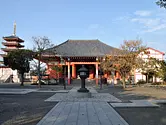
![Takada Honzan Senshuji [Takada Honzan Senjuji]](https://www.kankomie.or.jp/rails/active_storage/representations/proxy/eyJfcmFpbHMiOnsibWVzc2FnZSI6IkJBaHBBay9nIiwiZXhwIjpudWxsLCJwdXIiOiJibG9iX2lkIn19--a80ade7801bfa0899fc8f9950a0216e5c461a71d/eyJfcmFpbHMiOnsibWVzc2FnZSI6IkJBaDdCem9MWm05eWJXRjBPZ2wzWldKd09oSnlaWE5wZW1WZmRHOWZabWwwV3dkcEFhWXciLCJleHAiOm51bGwsInB1ciI6InZhcmlhdGlvbiJ9fQ==--eb90280ff6a4fc8dcd70892674b7dec5a7ad4845/3138_1_org.jpg)
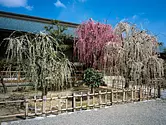
![yagami [Iyama Shrine]](https://www.kankomie.or.jp/rails/active_storage/representations/proxy/eyJfcmFpbHMiOnsibWVzc2FnZSI6IkJBaHBBbHZnIiwiZXhwIjpudWxsLCJwdXIiOiJibG9iX2lkIn19--cb6b628c3e7752f3a8840bfcd450dd18abaad994/eyJfcmFpbHMiOnsibWVzc2FnZSI6IkJBaDdCem9MWm05eWJXRjBPZ2wzWldKd09oSnlaWE5wZW1WZmRHOWZabWwwV3dkcEFhWXciLCJleHAiOm51bGwsInB1ciI6InZhcmlhdGlvbiJ9fQ==--eb90280ff6a4fc8dcd70892674b7dec5a7ad4845/3140_1_org.jpg)

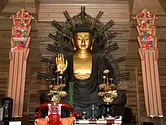


![Futamiokitama-JinjaShirine [Futami Okitama Shrine]](https://www.kankomie.or.jp/rails/active_storage/representations/proxy/eyJfcmFpbHMiOnsibWVzc2FnZSI6IkJBaHBBbUxnIiwiZXhwIjpudWxsLCJwdXIiOiJibG9iX2lkIn19--42a378e4b8dfdec6ae053e40b132759a51ec73a1/eyJfcmFpbHMiOnsibWVzc2FnZSI6IkJBaDdCem9MWm05eWJXRjBPZ2wzWldKd09oSnlaWE5wZW1WZmRHOWZabWwwV3dkcEFhWXciLCJleHAiOm51bGwsInB1ciI6InZhcmlhdGlvbiJ9fQ==--eb90280ff6a4fc8dcd70892674b7dec5a7ad4845/3145_1_org.jpg)
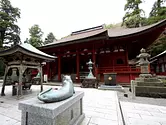
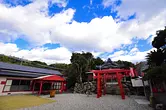

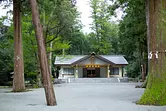
![Mt. Aomine Shofukuji Temple [Aominesan Shofukuji]](https://www.kankomie.or.jp/rails/active_storage/representations/proxy/eyJfcmFpbHMiOnsibWVzc2FnZSI6IkJBaHBBbkhnIiwiZXhwIjpudWxsLCJwdXIiOiJibG9iX2lkIn19--50f88c3d3cb45bd03976266b48615ec75399cd6a/eyJfcmFpbHMiOnsibWVzc2FnZSI6IkJBaDdCem9MWm05eWJXRjBPZ2wzWldKd09oSnlaWE5wZW1WZmRHOWZabWwwV3dkcEFhWXciLCJleHAiOm51bGwsInB1ciI6InZhcmlhdGlvbiJ9fQ==--eb90280ff6a4fc8dcd70892674b7dec5a7ad4845/3152_1_org.jpg)
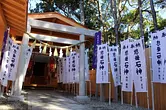
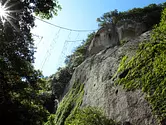
![konochi Shrine (Koyasu Shrine) [Kouuchi Jinja]](https://www.kankomie.or.jp/rails/active_storage/representations/proxy/eyJfcmFpbHMiOnsibWVzc2FnZSI6IkJBaHBBbmpnIiwiZXhwIjpudWxsLCJwdXIiOiJibG9iX2lkIn19--3379ad077e4f65a3dc21699e3b472d91ab640a80/eyJfcmFpbHMiOnsibWVzc2FnZSI6IkJBaDdCem9MWm05eWJXRjBPZ2wzWldKd09oSnlaWE5wZW1WZmRHOWZabWwwV3dkcEFhWXciLCJleHAiOm51bGwsInB1ciI6InZhcmlhdGlvbiJ9fQ==--eb90280ff6a4fc8dcd70892674b7dec5a7ad4845/3155_1_org.jpg)

